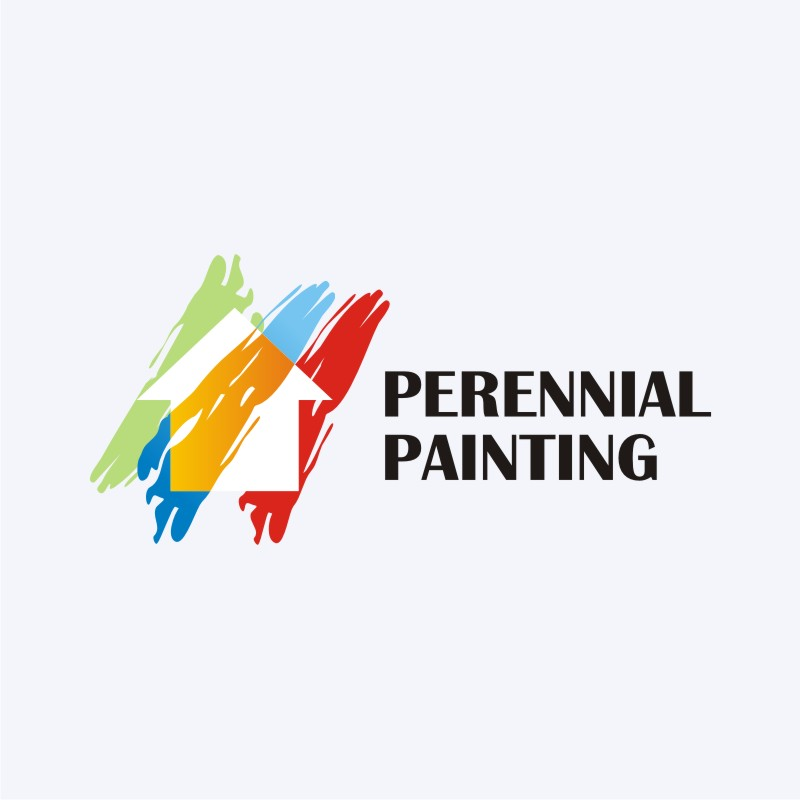Seasonal Factors In Industrial Outside Painting: Secret Insights You Need To Know
Seasonal Factors In Industrial Outside Painting: Secret Insights You Need To Know
Blog Article
Web Content Writer-McLamb Skafte
When you're planning a business outside painting project, seasonal aspects can make or damage your results. You'll wish to take into consideration just how temperature and humidity impact paint application and drying times. Choosing the right season can ensure your paint sticks correctly and lasts longer. But which periods are genuinely the most effective for this type of job? Let's check out the key elements that can influence your task's success.
The Influence of Temperature Level on Paint Application
When you're planning an industrial exterior painting task, the temperature can considerably influence how well the paint sticks and dries out.
Ideally, you want to paint when temperatures vary between 50 ° F and 85 ° F. If house painters near me 's also cool, the paint may not cure correctly, bring about problems like peeling off or breaking.
On the flip side, if it's also hot, the paint can dry also quickly, preventing proper bond and resulting in an irregular coating.
You need to likewise think about the moment of day; early morning or late afternoon provides cooler temperatures, which can be a lot more desirable.
Always examine house painter for the specific paint you're making use of, as they typically supply assistance on the perfect temperature range for optimum outcomes.
Moisture and Its Result on Drying Times
Temperature isn't the only ecological factor that affects your industrial external painting task; moisture plays a substantial duty too. High moisture levels can decrease drying out times considerably, influencing the general quality of your paint work.
When the air is filled with moisture, the paint takes longer to treat, which can lead to issues like inadequate attachment and a higher threat of mildew growth. If you're repainting on a specifically humid day, be prepared for prolonged delay times in between layers.
It's vital to check regional weather conditions and strategy appropriately. Ideally, go for humidity degrees in between 40% and 70% for optimum drying.
Maintaining these factors in mind guarantees your job remains on track and supplies a long lasting finish.
Best Seasons for Commercial Outside Painting Projects
What's the best season for your commercial outside paint projects?
Springtime and very early autumn are commonly your best choices. During these seasons, temperatures are moderate, and humidity degrees are commonly reduced, producing suitable conditions for paint application and drying out.
Prevent summer season's intense heat, which can cause paint to completely dry too promptly, causing bad adhesion and coating. Likewise, winter's cool temperatures can hinder correct drying out and curing, taking the chance of the long life of your paint work.
Go for days with temperatures in between 50 ° F and 85 ° F for ideal results. Bear in mind to inspect the local weather report for rainfall, as wet conditions can spoil your task.
Preparation around these variables guarantees your painting project runs smoothly and lasts longer.
Final thought
To conclude, intending your commercial outside painting jobs around seasonal considerations can make a significant difference in the result. By organizing work during the excellent temperatures and moisture levels, you'll guarantee far better attachment and drying times. Remember to keep https://www.cbsnews.com/media/7-paint-colors-boost-home-price/ on local weather forecasts and choose the correct time of year-- spring and very early loss are your best choices. Taking these steps will certainly aid you achieve a resilient and expert finish that lasts.
